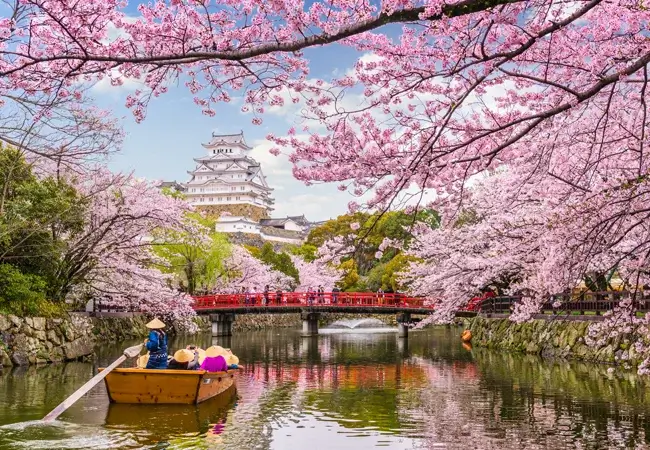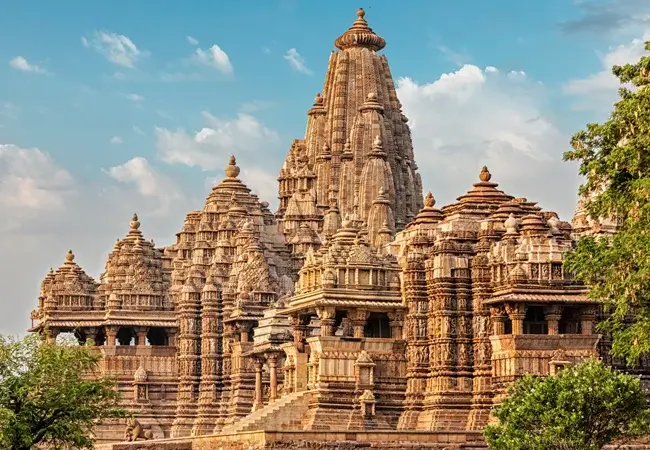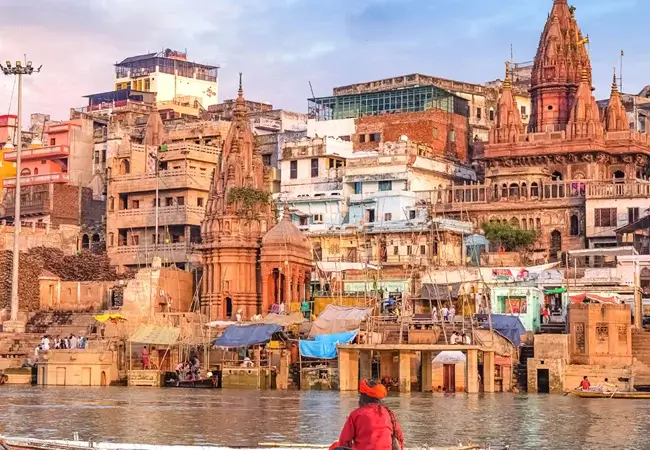We all are aware of Sai Baba and his miracles. He was an Indian spiritual master who was considered to be a saint. He is equally accessible to both Hindu and Muslim devotees. Sai Baba was the one who used to preach the importance of “self-realization” and heavily criticized “love towards perishable things”. He focused on the teachings that were associated with the moral code of love, sympathy, inner peace, and devotion to God as well as the Guru. Moreover, he was an ardent believer in surrendering one’s soul to the true power of the almighty to attain divine consciousness and learn the true meaning of life.
Sai Baba never discriminated against anyone on the basis of religion or caste. Though it is not clear if he was born into a Hindu or Muslim family, it never affected the man himself. His teachings were influenced by the combined elements of both Hinduism and Islam. He named the mosque where he used to reside Dwarakamayi and practiced both Hindu and Muslim rituals.
Located in the Rahata taluka of the Ahmednagar district of the state of Maharashtra, Shirdi is accessible via the Ahmednagar-Malegaon State Highway no.10, approximately 83 km from Ahmednagar and 15 km from Kopargaon. Moreover, it is situated at a distance of 118 km east of the Western Seashore line (the Ahmednagar-Manmad road) which is considered to be a very busy route.
This city has garnered the attention of tourists mainly for housing the late 19th-century saint Shirdi Sai Baba. The Shri Sai Baba Sansthan Trust located in Shirdi holds the record of being one of the richest temple organizations.

There are many small temples inside the complex of the main temple of Sai Baba where his shrine is present. These small temples are Chavadi, Samadhi Mandir, and Dwarakamai.
Gurusthan means “place of the Guru”. It is the place where Baba spent most of his time when he first came to Shirdi. The first thing here that attracts tourists the most is the huge neem tree which gave shelter to Baba for a few years when he stayed beneath it. Interestingly, the leaves of this neem tree tested sweet earlier, which is considered to be one of Baba’s miracles. There are several references to Baba’s Guru recorded in the literature, but they are somewhat enigmatic and it is also not clear whether he was referring to a Guru in his present life or a previous one.
Today at Gurusthan, in addition to the neem tree, a pair of marble padukas on a pedestal, a “Shivalinga” and a statue of Baba are also present. The statue was carved by the grandson of the sculptor of the Samadhi Mandir statue Y.D.Dave and installed in 1974.

The shrine now housing Baba’s tomb was originally constructed as a wada (large private house) at the time when Baba was breathing his last and about to depart from his physical body. The construction of this shrine is credited to a wealthy devotee from Nagpur called Gopalrao Booty. According to Sai Satcharitra (Hindu religious scripture), he was a “multimillionaire”. At any given point of the year, the shrine temple is full of devotees eagerly queuing up to have Baba’s darshan. Devotees tend to carry flowers, garlands, sweets, or fruits along with them to offer Baba at his Samadhi. At busy times, especially during festivals, the queue for darshan used to stretch for hundreds of meters along the village streets. Devotees may wait up to 8 hours just for the opportunity to pay their homage to Baba. The atmosphere of faith, fervent and one-pointed devotion reaches its zenith here.
It is a mosque with a corrugated iron roof and rough stone walls but for the devotees of Sai Baba, Dwarakamai is one of the treasures of Shirdi. On entering this mosque, devotees tend to get struck by its powerful atmosphere. Describing himself as a simple fakir, Sai Baba was a model of dispassion and holy poverty. To the devotees of Sai Baba, Dwarkamai is one of the treasures of Shirdi. It is typically unique of Sai Baba that he regarded a place of worship-the mosque-as a mother.
During Baba’s time, Dwarkamai was always referred to as “the masjid” or mosque. The name “Dwarkamai” came into popular vogue only after Baba passed away but was first coined when a devotee once expressed a wish to make a pilgrimage to Dwarka, a town. But Baba didn’t want this to happen as he considered that very mosque as “Dwarka”.
It is situated at a distance of 2 km from the Shirdi Bus Stand and 3 km from the Shirdi Sai Temple. Sai Heritage Village is considered to be the first ever pilgrimage cum picnic-based theme park situated at the heart of the Shirdi-Ahmednagar Highway in Shirdi. It was inaugurated in the year 2014 that offers visitors a unique combination of pilgrimage cum picnic. This place reflects the lifestyle and journey of Sai Baba along with the simple villagers of Shirdi during Sai Baba’s time. It is a nice and refreshing place for kids and families. The timings are from 9 am to 11 pm and the entry fee stands at INR 150 for adults and free for children below 5 years.
Occupying the Nevasa taluka in Ahmednagar district, the village of Shani Shingnapur is popular for the presence of the temple dedicated to Lord Shani. This place is situated at a distance of 35 km from Ahmednagar city. Due to the number of unbelievable miracles related to this temple, it has successfully secured its place in The Guinness Book of Records.
The shrine contains a five and a half feet high black rock installed on an open-air platform symbolizing the God Shani. The “Devasthan” is open for 24 hours. There is a trident that remains placed along the side of the image and a Nandi (bull) image is on the south side. In the front, small images of Shiva and Hanuman are present. This temple witnesses 30,000 to 45,000 visitors each day that swells to 3 lakh around Amavasya (the no moon day) because this day is considered to be the most auspicious and significant day to appease God Shani.
Since Shirdi is a place of religious importance, the cuisine of Shirdi is decorated with mostly vegetarian dishes that are extremely delicious. The Sai Baba Temple is maintained by the Shirdi Saibaba Sansthan Trust which also maintains a huge hall for feeding devotees with the offerings made at the temple. These offerings are popularly known as “Prasad” and the name of the hall is “Prasadalaya”. The meal is very simple and aids in the proper functioning of the abdomen. Moreover, the food is considered to be very hygienic and very much like homely food. All the food items are prepared in the largest solar cooker of the world. The daily meal mainly comprises of pulses, rice, chapati, two types of vegetables, and lastly, an Indian dessert.
The best time to visit Shirdi is from December to March.















